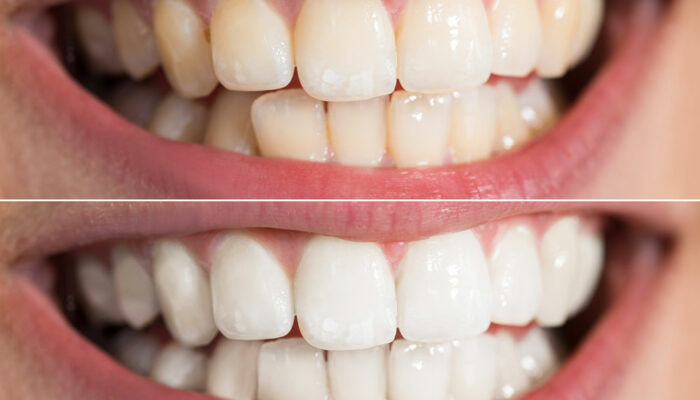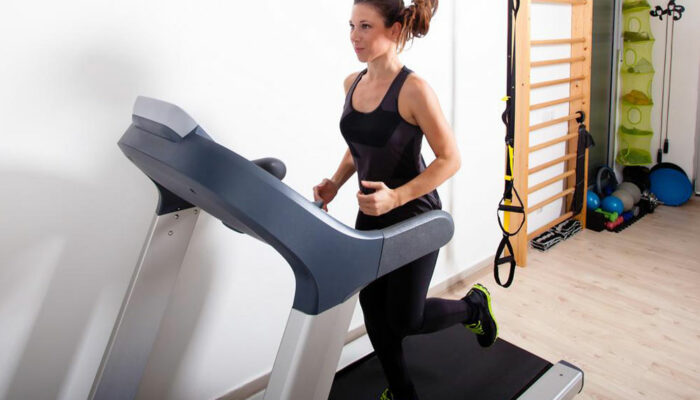
Oxygen Safety Tips for COPD Patients
Chronic obstructive pulmonary disease, or COPD, is a chronic inflammatory lung disease that obstructs airflow via the lungs, making it difficult to breathe and robbing the bloodstream and body of oxygen. COPD can be quite progressive, which means that symptoms get worse over time. Some symptoms of COPD include difficult breathing, wheezing, chest tightness, and coughing up mucus (sputum).
COPD is technically an umbrella term for lung disease that includes emphysema, chronic asthma, and bronchitis. The causes of COPD may include cigarette smoking; exposure to secondhand smoke, chemicals, or pollution; and genetics. There are different methods to treat COPD patients depending on stage. Doctors often prescribe home oxygen therapy to help with low levels of oxygen in the blood. Home oxygen therapy helps prevent heart failure while making a patient more comfortable. However, there are several safety procedures that you should keep in mind if you are using oxygen at home:
1. Keep oxygen clear of open flames or potential sparks
Although this may sound easy, it’s not as easy as you think. Oxygen cylinders need to be five to 10 feet (ca. 305 cm) away from anything that could potentially cause a fire. The best way to keep distance from the oxygen cylinder is by using an extended oxygen tubing that can reach the cylinder in a different room.
2. Avoid any electrical equipment when using oxygen
Apart from direct heat, electrical equipment has the ability to spark and can be quite hazardous around oxygen therapy. It’s important that you shouldn’t use any electric razors, electric space heaters, electric blankets, electric fireplaces, or toothbrushes when you are using oxygen therapy.
3. Make sure that all smoke alarms are up-to-date
A fire can happen at any time in your home. If your smoke alarms aren’t working or up-to-date then that could only lead to bad news. You should also keep a fire extinguisher close by at all times and to plan out an evacuation route for you and your family in the event there is a fire.
4. Place the oxygen concentrator in a well-ventilated area
The oxygen concentrator is a device that is used for delivering the oxygen to the patient. The concentrator filters the surrounding air and compresses it in the required density and then delivers the purified air into the patient.
5. Have the oxygen concentrator inspected and serviced regularly
The concentrator makes sure to purify the air for the patient so that they can breathe properly. Making sure that it is working properly is very important and you should make sure to have it checked regularly.
6. Store back-up oxygen cylinders in an upright secure position
Storage containers should be safely secured away from any possible heat source and in an approved oxygen cart or another device that is designed to store the oxygen cylinder.
7. Use correct pressure gauge and regulator
Checking your pressure gauge is important, so that you know if you are running out of oxygen. The regulator ensures that the air is coming out at a steady pace so that the patient doesn’t receive too much oxygen or not have enough. Making sure that these two things are both working is vital because it could be a life-or-death situation.



